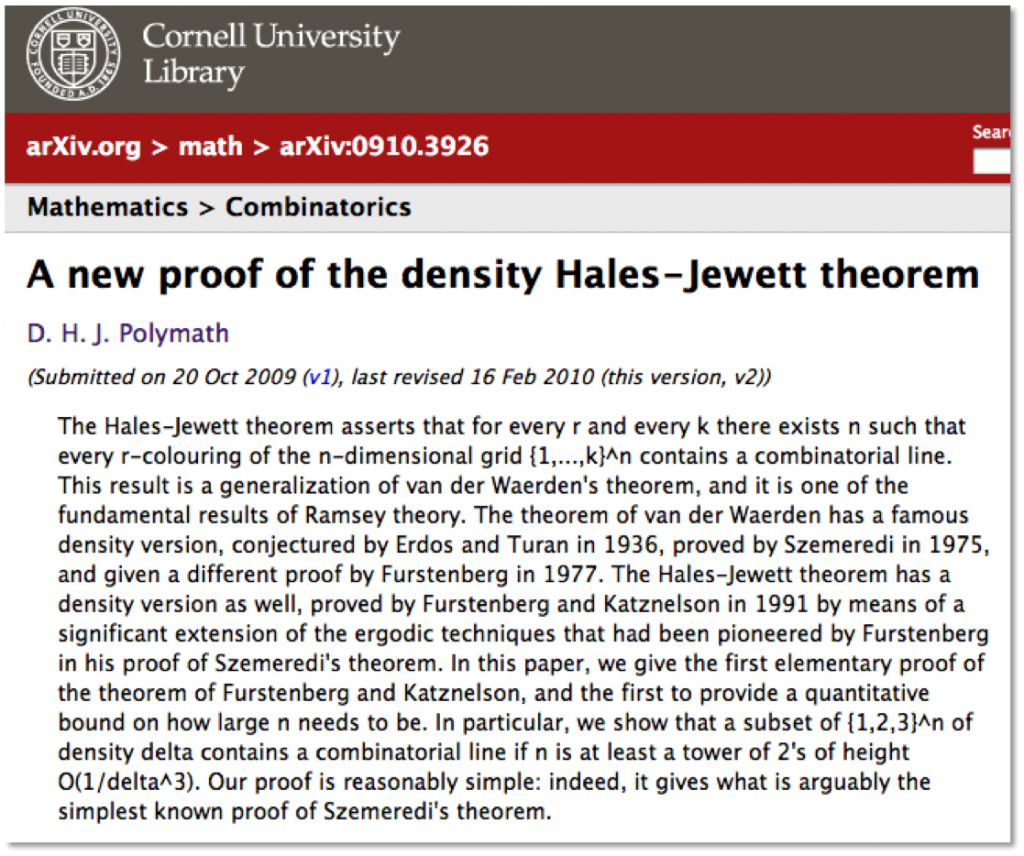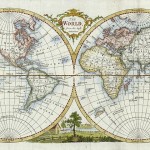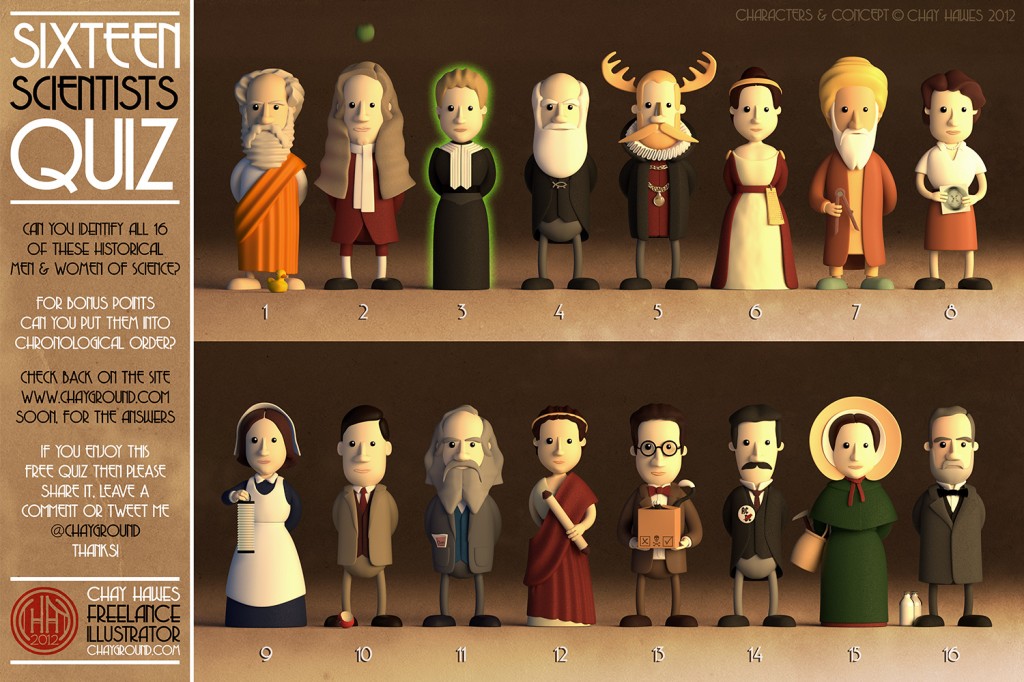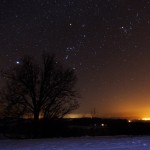The Internet has inspired scientists to collaborate in new ways, such as with citizen science (posted last week). Take a look at the author of this article published in the physics eprint repository, arXiv. Polymath is not actually a person, it is a project. It began on the blog of a mathematician (Tim Gowers) in 2009 when an open invitation was sent out for anyone to contribute to solving a math problem that remained unsolved – it was solved in 37 days.
Polymath is a success story from the open science movement, where scientists are encouraged to share their research as early as possible in the process and not wait for formal publication. There are individuals, like Michael Nielsen (watch his Open science now! TED Talk), trying to change the culture of science and speed up scientific discovery. Open science is similar to the open access movement that aims to have journal articles openly available to all. It includes things like open notebooks where researchers keep online notes with their methods and research results (even if they were unsuccessful).
How would you encourage collaboration and openness in scientific research?






